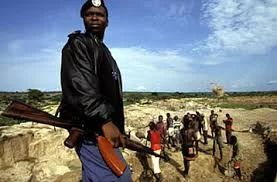
The Democratic Republic of Congo’s vast mineral wealth continues to fuel one of Africa’s most protracted conflicts, with Rwanda-backed rebels allegedly smuggling tens of millions worth of resources monthly while civilians bear the brunt of violence. As global demand for clean energy minerals surges, the U.S. is attempting to broker a dual solution – a peace agreement to end fighting and an investment deal to formalize Congo’s mining sector.
For decades, eastern Congo’s deposits of tungsten, tantalum and tin – critical for smartphones, electric vehicles and advanced weapons – have been both an economic lifeline and a source of instability. Kinshasa accuses Rwanda of illegally exploiting these resources to fund the M23 rebellion, which has displaced over 1 million people since intensifying in January. The conflict has turned mineral-rich zones into battlegrounds, with armed groups profiting from the chaos.
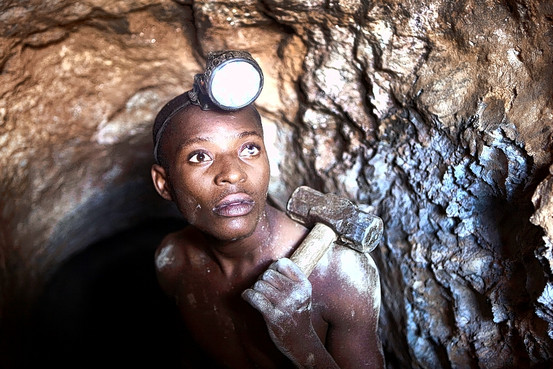
Washington is now mediating high-stakes negotiations, aiming to finalize agreements by June’s end according to sources close to the talks. The proposed deal would see Rwanda withdraw support for M23 rebels while opening Congo’s mineral sector to U.S. investment, reducing Chinese dominance. “Respect for territorial integrity is central to this process,” a State Department spokesperson told Reuters, highlighting the delicate balance between resource interests and conflict resolution.
Rwanda maintains its border security measures are necessary due to Congo’s instability, denying allegations of mineral smuggling. However, UN reports and Congo’s government estimate Kigali profits from $30 million or more in illicit mineral exports monthly. Mines Minister Kizito Pakabomba cautiously welcomed U.S. involvement but stressed that lasting peace requires breaking the link between minerals and armed groups.

As negotiations continue, the fundamental challenge remains: Congo’s underground riches have consistently financed violence rather than development. The current U.S.-led initiative represents the latest attempt to transform this paradox, but past failures loom large. With millions displaced and global mineral demand accelerating, the stakes for this peace process have never been higher – nor the consequences of failure more dire.
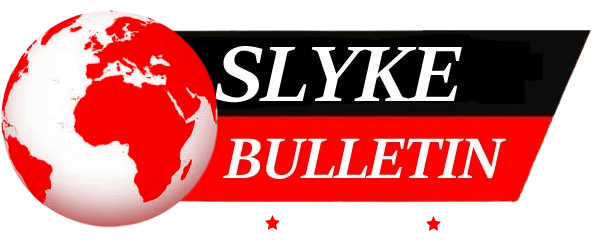

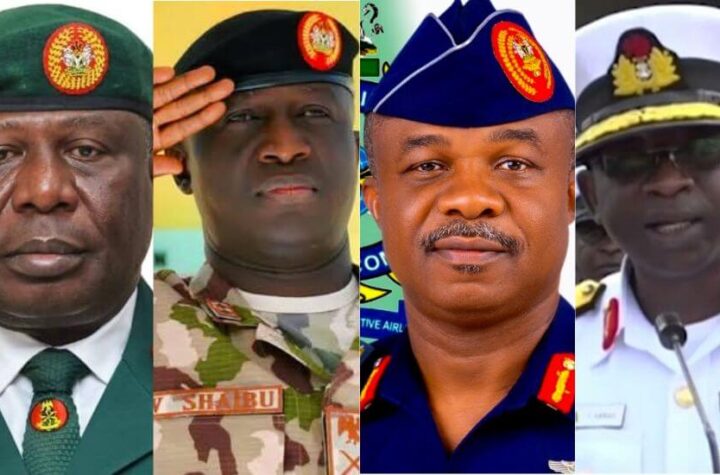
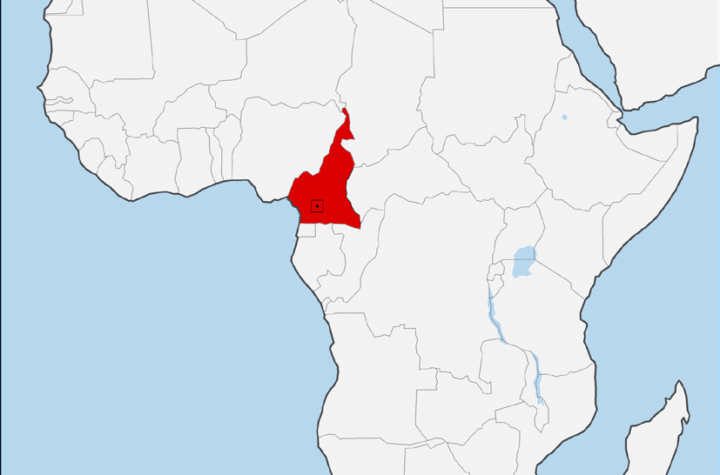
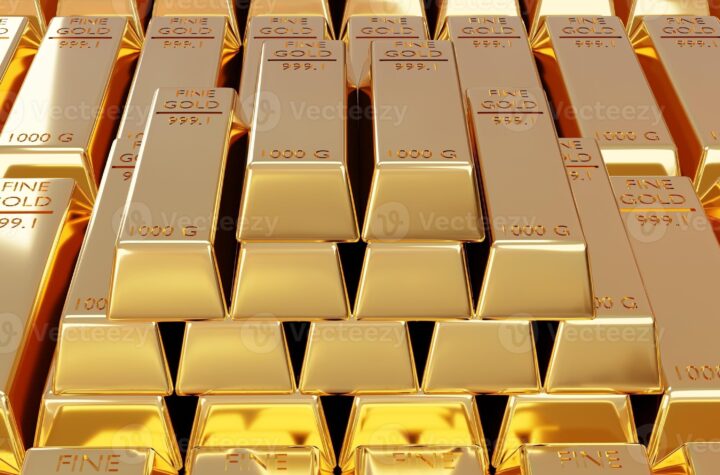
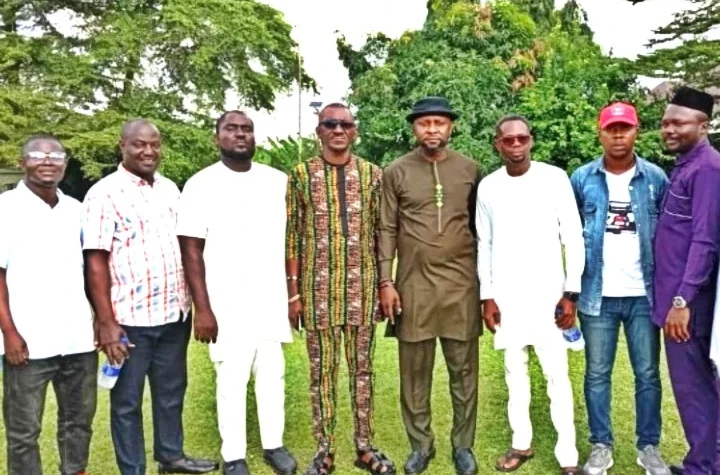
More Stories
Nationwide Internet Blackout In Cameroon Amid Post-Election Unrest
ICC Secures Landmark Conviction of Janjaweed Leader
U.S.-Backed Joint Forces Strike Al-Shabaab Strongholds in Major Offensive